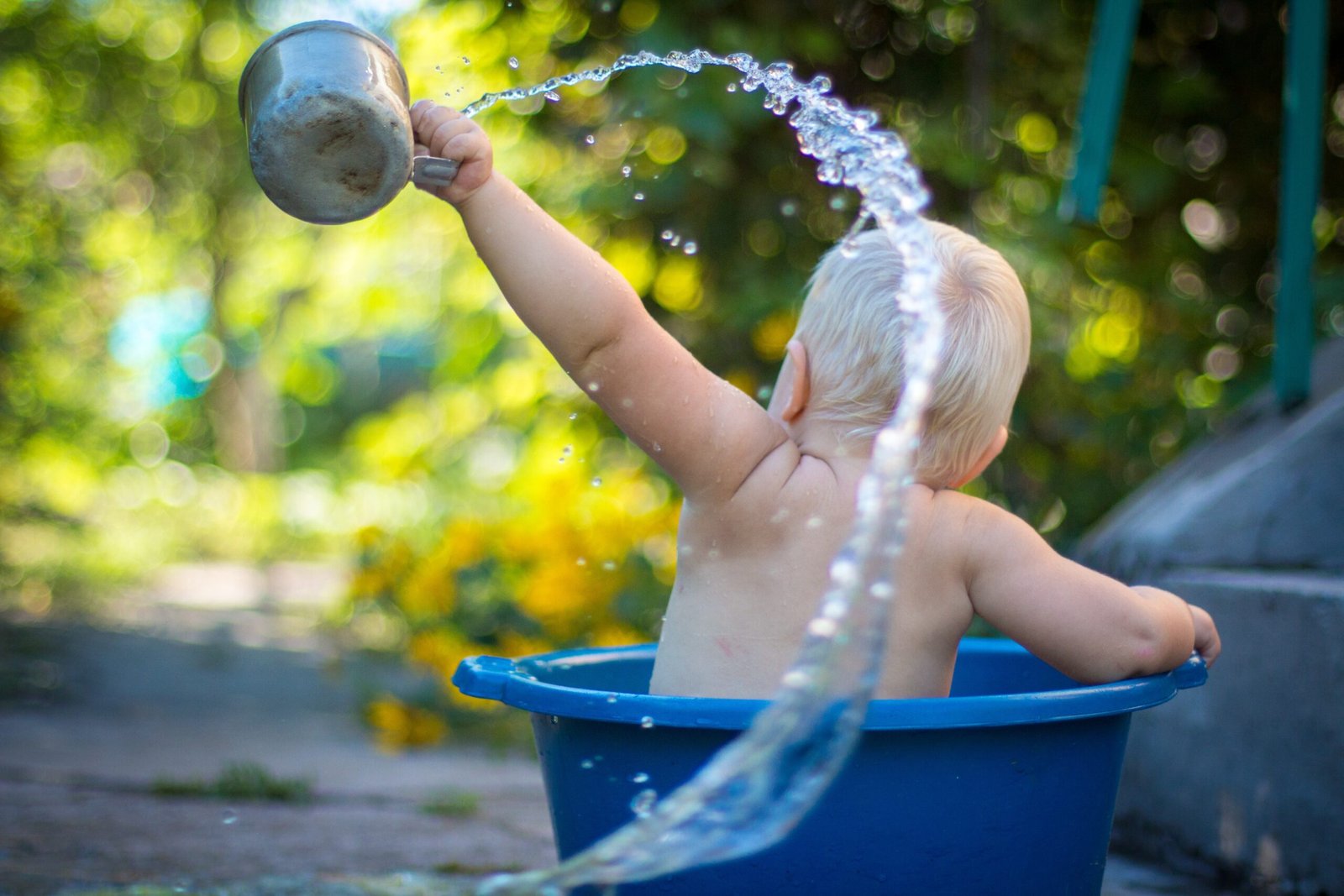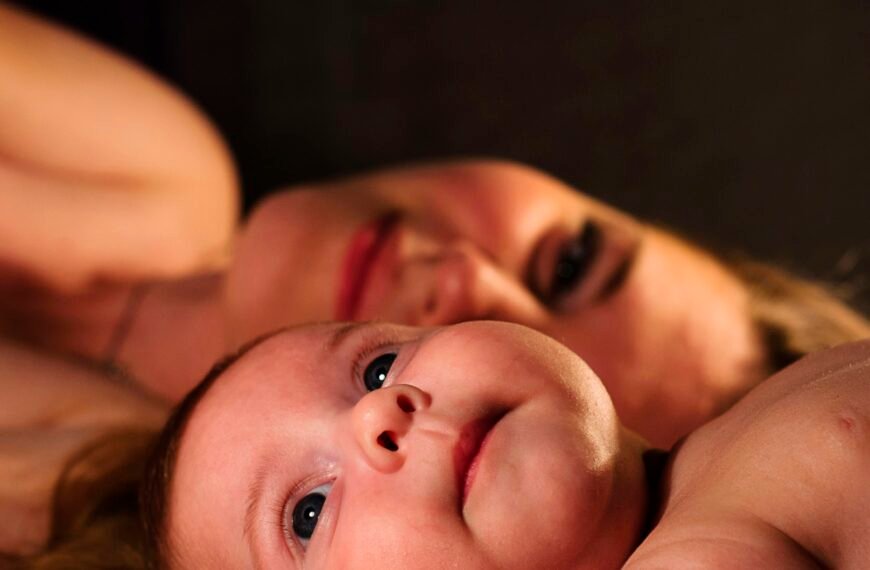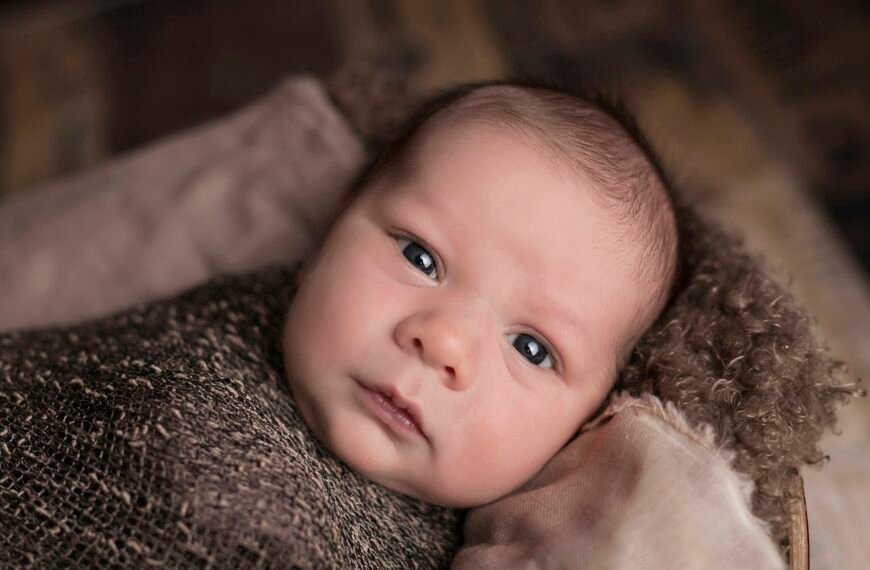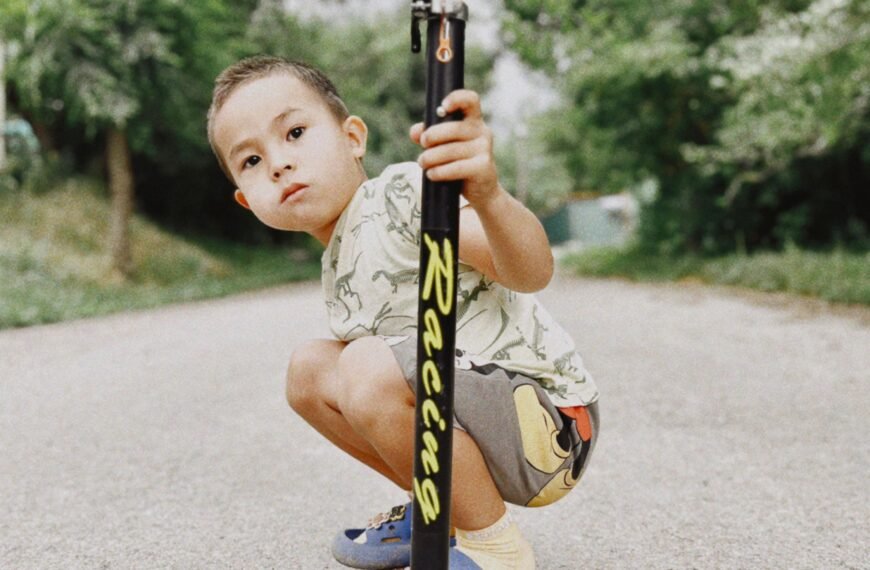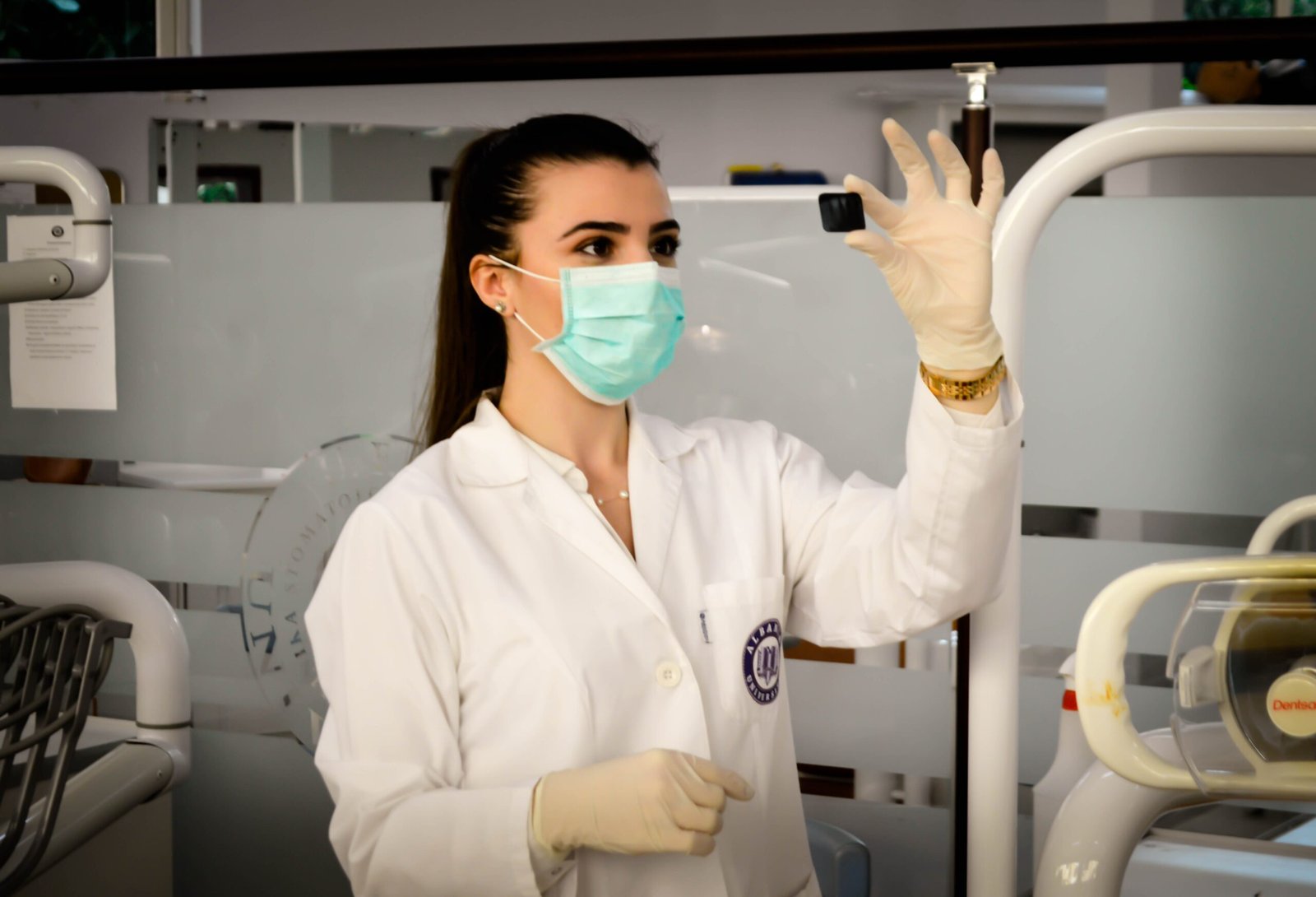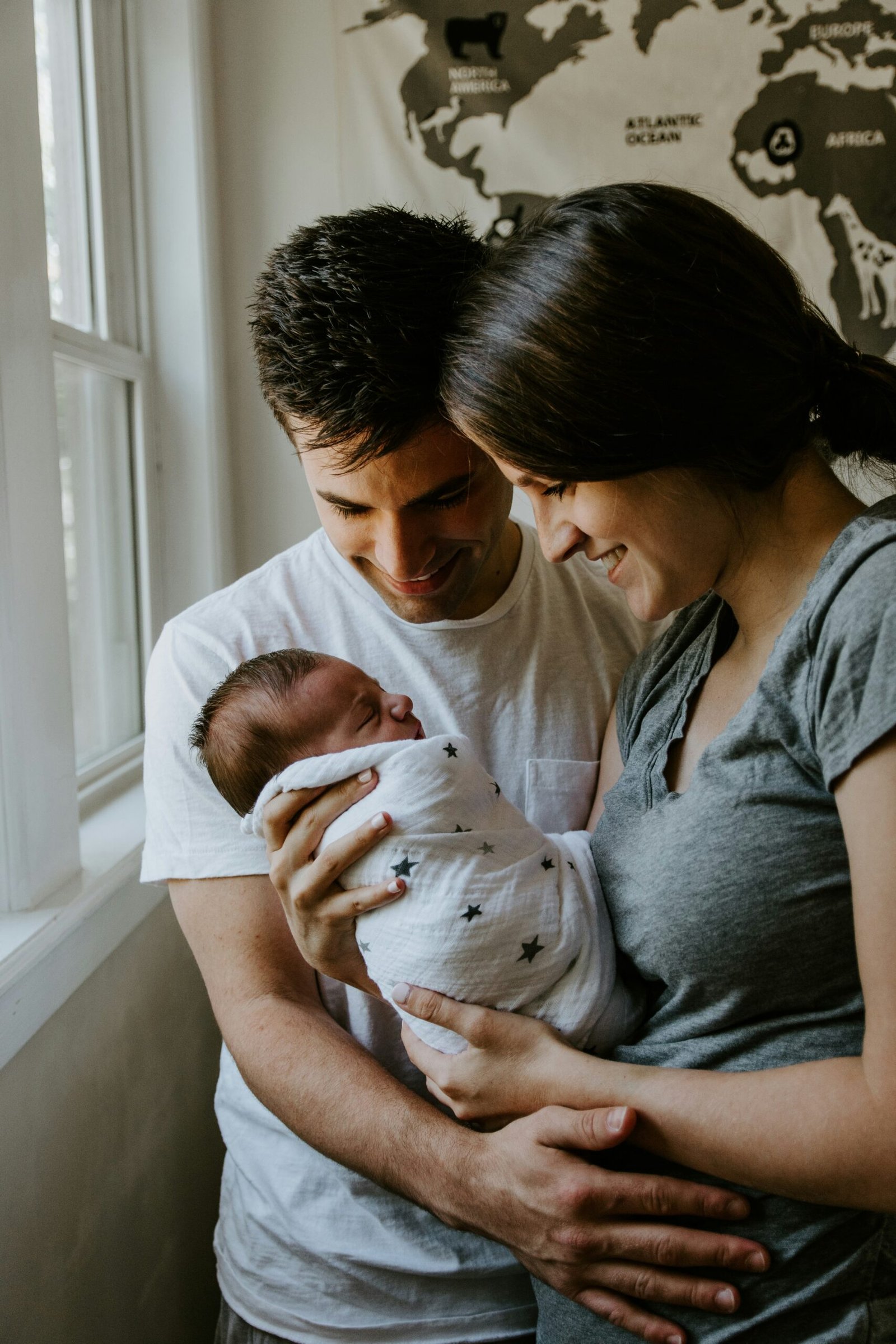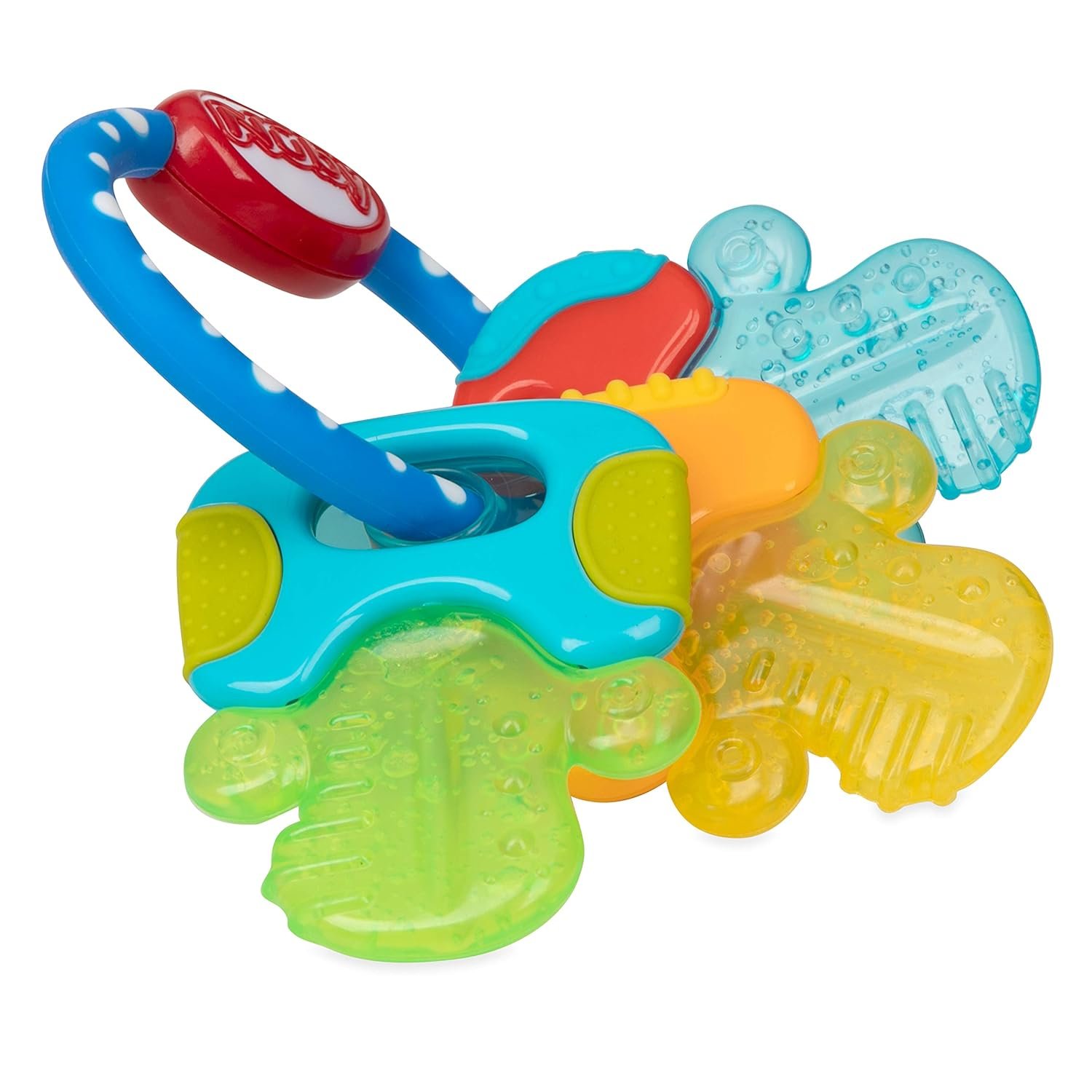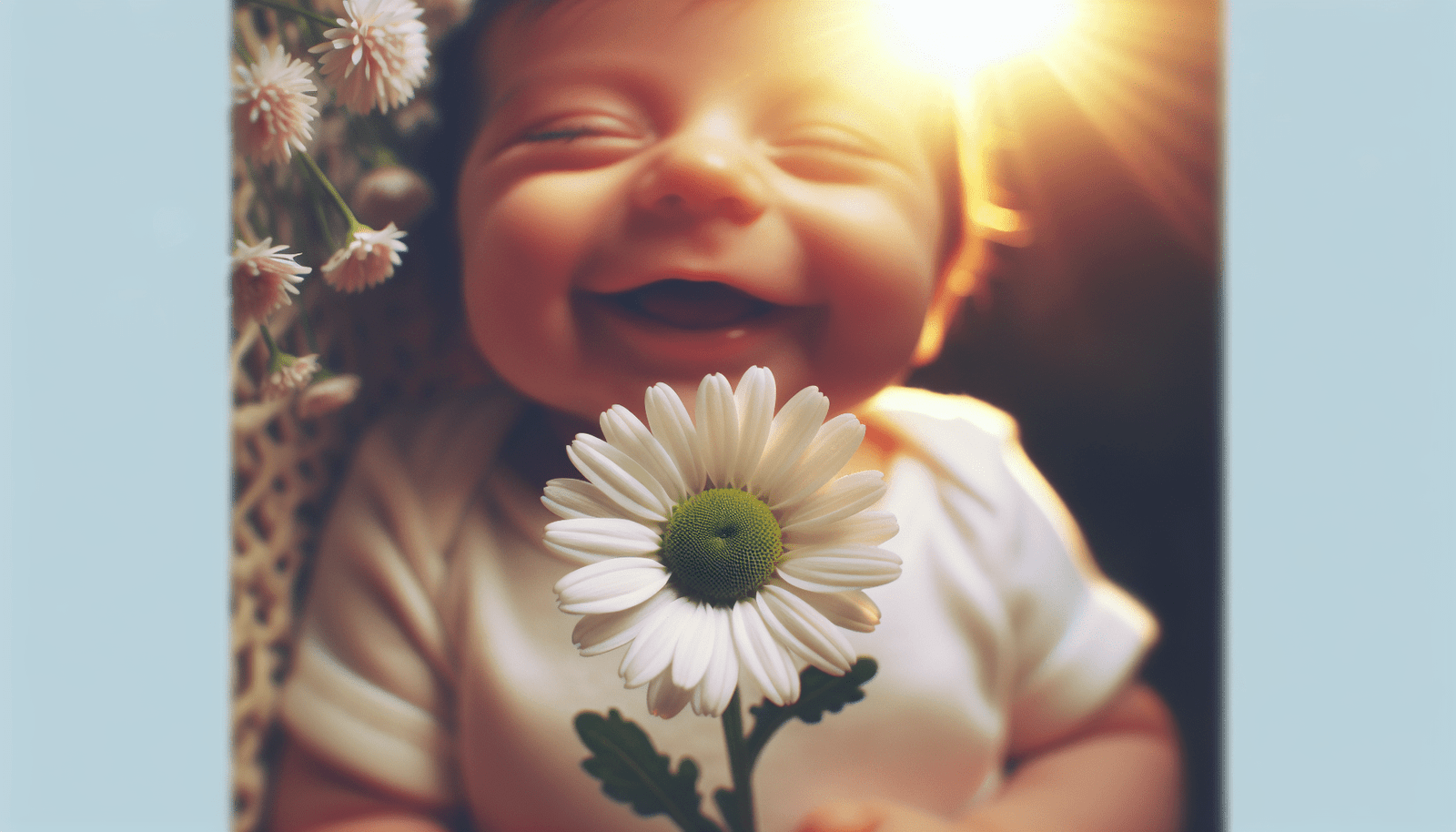In this article, you will learn simple and effective ways to clean your baby’s toys using natural and safe methods. As a parent, ensuring that your little one’s toys are germ-free is essential for their health and well-being. By following these tips and tricks, you can easily maintain a clean and hygienic environment for your baby to play in. Say goodbye to harsh chemicals and hello to a natural and eco-friendly approach to keeping baby toys clean. Let’s dive in and discover how to clean baby toys naturally!
Check Baby Toys Guide & Review
Choosing Safe Cleaning Products
When it comes to cleaning your baby’s toys, it’s important to choose safe and non-toxic cleaning products. One of the first steps in ensuring the safety of your little one is to read the ingredient labels of cleaning products. Look for products that are specifically formulated for cleaning toys and are free from harsh chemicals such as bleach, ammonia, and phthalates.
Read Ingredient Labels
Before purchasing a cleaning product, make it a habit to read the ingredient labels. Look for products that contain natural and plant-based ingredients, as these are less likely to cause harm to your baby. Avoid products that contain artificial fragrances, dyes, and preservatives, as these can potentially irritate your baby’s delicate skin and respiratory system.
Avoid Harsh Chemicals
Harsh chemicals like bleach and ammonia should be avoided when cleaning your baby’s toys. These chemicals can be harmful if ingested, come into contact with the skin, or are inhaled. Instead, opt for cleaning products that are labeled as “child-safe” or “baby-friendly.” These products are specifically designed to be gentle yet effective in removing dirt, germs, and stains from toys.
Look for Natural and Organic Options
Another option to consider when choosing cleaning products for your baby’s toys is to look for natural and organic options. These products are made from environmentally friendly ingredients and are free from synthetic chemicals. Look for certifications such as USDA Organic or EcoCert to ensure the products meet rigorous standards. Natural and organic cleaners are safe, effective, and better for the environment.
Cleaning Fabric Toys
Fabric toys can quickly accumulate stains and spills, especially if your baby loves to cuddle them. It’s important to clean fabric toys regularly to keep them fresh and free from germs.
Inspect for Stains or Spills
Start by inspecting your fabric toys for any visible stains or spills. Wipe off any excess liquid or debris using a clean cloth or paper towel. It’s important to act promptly, as leaving stains untreated can lead to permanent discoloration or the growth of mold and mildew.
Spot-Cleaning with a Gentle Soap
For small stains or spills, spot-cleaning is often sufficient. Mix a small amount of gentle soap or baby shampoo with warm water and dip a clean cloth or sponge into the solution. Gently blot the stained area, being careful not to rub it vigorously, as this can damage the fabric. Rinse the cloth or sponge thoroughly and gently blot the area again to remove any soap residue.
Machine-Washable Toys
If your fabric toys are machine-washable, it’s best to follow the manufacturer’s instructions for cleaning. Generally, you can wash them on a gentle cycle using a mild detergent. Place the toys in a laundry bag or pillowcase to prevent tangling or damage during the wash. Once the cycle is complete, remove the toys and allow them to air dry completely before giving them back to your baby.
Air-Drying the Toys
After spot-cleaning or machine-washing fabric toys, it’s important to air dry them thoroughly. Avoid using a dryer, as excessive heat can shrink or damage the fabric. Instead, lay the toys flat on a clean towel or hang them in a well-ventilated area away from direct sunlight. Once completely dry, gently fluff or brush the toys to maintain their shape and softness.
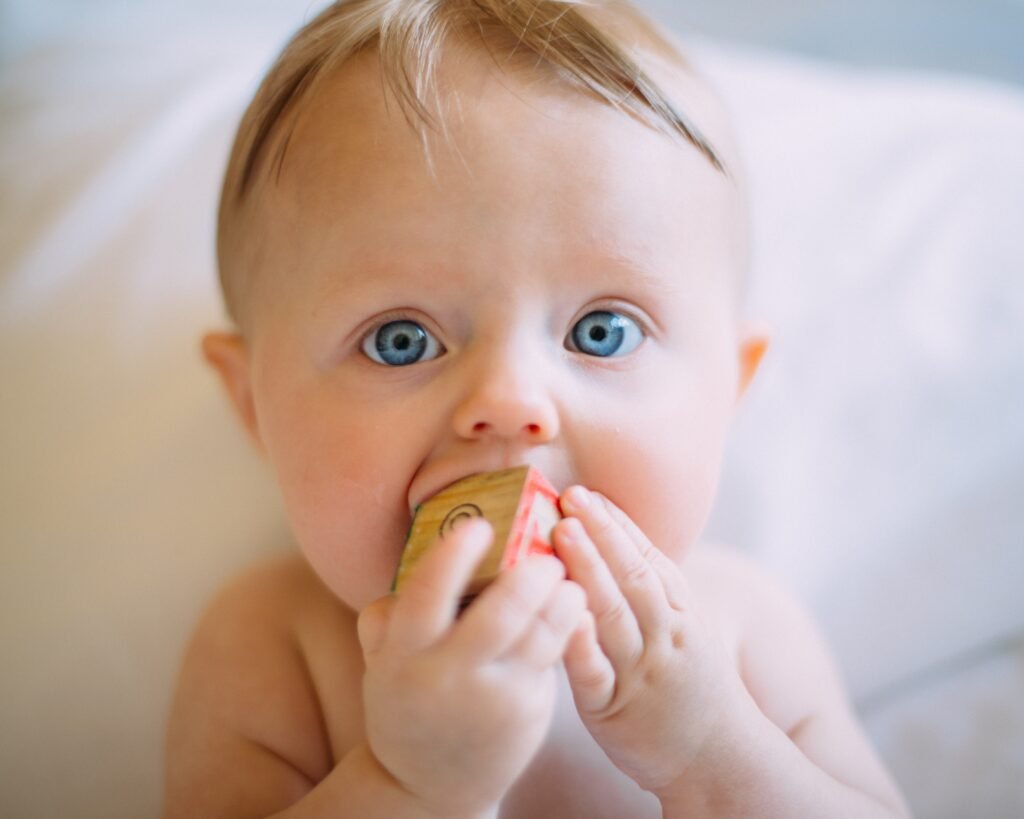
Cleaning Plastic Toys
Plastic toys are a favorite among babies and children due to their durability and versatility. However, they can also become dirty and harbor germs over time. Cleaning plastic toys regularly will ensure your baby’s safety and keep the toys in good condition.
Inspect for Dirt and Grime
Before cleaning plastic toys, inspect them for any visible dirt, grime, or sticky residue. Use a damp cloth or sponge to wipe away the surface dirt. For stubborn stains, use a toothbrush or soft-bristled brush to gently scrub the affected areas. Be careful not to use excessive force or harsh abrasives that can scratch the surface of the plastic.
Sanitizing with Vinegar Solution
To sanitize plastic toys, you can create a simple and effective cleaning solution using vinegar. Mix equal parts of white vinegar and water in a bowl or spray bottle. Submerge the toys in the solution or spray it directly onto the surface. Allow the toys to sit for a few minutes, then use a clean cloth or sponge to wipe away any remaining dirt or residue. Vinegar helps kill germs and remove odors naturally.
Cleaning in the Dishwasher
Many plastic toys are dishwasher-safe, making the cleaning process even more convenient. Before placing the toys in the dishwasher, check the manufacturer’s instructions to ensure they can withstand the heat and water pressure. Avoid using the high-heat or sanitize setting, as it may cause the toys to warp or lose their color. Place the toys on the top rack of the dishwasher and run a regular cycle with a mild detergent. Once the cycle is complete, remove the toys and allow them to air dry completely.
Cleaning Wooden Toys
Wooden toys are not only timeless and beautiful, but they are also sturdy and durable. Proper cleaning and care will not only keep wooden toys looking their best but also ensure their longevity and safety for your baby.
Check for Splinters or Damage
Before cleaning wooden toys, inspect them for any splinters, chips, or damage. If you find any sharp or rough edges, use sandpaper or a file to smooth them out. Remove any loose or peeling paint, as it can pose a choking hazard or contain harmful substances. Ensure that the toys are in good condition before proceeding with cleaning.
Wiping with a Vinegar and Water Solution
For everyday cleaning of wooden toys, a simple solution of vinegar and water works wonders. Mix equal parts of white vinegar and water in a bowl or spray bottle. Dip a clean cloth or sponge in the solution and wipe down the wooden toys, ensuring you reach all the nooks and crannies. Vinegar is mild yet effective in removing dirt, grime, and odors from wooden surfaces.
Polishing with Olive Oil
To keep wooden toys looking their best and prevent them from drying out, consider polishing them with olive oil. Apply a small amount of olive oil onto a clean cloth and rub it into the wooden surface, following the grain. Olive oil not only moisturizes the wood but also enhances its natural beauty. Be sure to remove any excess oil with a clean cloth to avoid leaving a greasy residue.

Cleaning Rubber or Silicone Toys
Rubber or silicone toys, such as teething rings and bath toys, are designed to be chewed on and played with by your baby. Proper cleaning and disinfection are essential to keep these toys safe and germ-free.
Examining for Mold or Mildew
It’s important to regularly examine rubber or silicone toys for any signs of mold or mildew growth. These toys often have small crevices that can trap moisture and promote the growth of harmful microbes. If you notice any black or green spots or a musty odor, it’s crucial to take immediate action to prevent the spread of mold.
Washing with Mild Soap and Water
For routine cleaning of rubber or silicone toys, mild soap and water are usually sufficient. Fill a bowl or sink with warm water and add a small amount of gentle soap or baby shampoo. Immerse the toys in the soapy water and use a clean cloth or sponge to wash them thoroughly, paying extra attention to any textured or hard-to-reach areas. Rinse the toys with clean water to remove any soap residue.
Using a Disinfectant Solution
To prevent the growth of mold or if your baby has been sick, it’s essential to disinfect rubber or silicone toys. Prepare a solution of equal parts water and white vinegar or use a gentle disinfectant specifically designed for baby toys. Submerge the toys in the solution and let them sit for a few minutes. Rinse the toys thoroughly with clean water to ensure the removal of any remaining disinfectant.
Cleaning Bath Toys
Bath toys are a source of endless entertainment for babies and toddlers during bath time. However, they are also prone to accumulating mold and mildew due to the constant exposure to water. Regular cleaning and maintenance are essential to keep bath toys safe and prevent the growth of harmful microbes.
Draining and Drying Toys After Each Use
After each bath, it’s important to drain any water from the bath toys and allow them to dry completely. Squeeze out any excess water from the toys and shake them vigorously to remove trapped moisture. Consider investing in a mesh bag or hanging storage organizer specifically designed for bath toys. These storage solutions allow proper airflow and help the toys dry quickly, preventing the growth of mold.
Disinfecting with Vinegar Solution
To prevent the growth of mold and sanitize bath toys, a vinegar solution is a safe and effective option. Mix equal parts of white vinegar and water in a bowl or basin. Submerge the bath toys in the solution and let them soak for about 15 minutes. After soaking, use a clean cloth or sponge to scrub away any dirt or residue. Rinse the toys thoroughly with clean water to remove any vinegar smell.
Preventing Mold Growth
To prevent mold growth on bath toys, it’s essential to establish a regular cleaning routine. Consider cleaning the toys once a week or more frequently if necessary. In addition, make sure to inspect the toys regularly for any signs of mold or mildew and discard any toys that cannot be effectively cleaned. When purchasing bath toys, opt for those with fewer crevices and removable parts, as they are less likely to trap water and promote mold growth.

Cleaning Teething Toys
Teething toys provide comfort and relief to babies during the teething process. However, they can quickly become dirty and covered in saliva. Regular cleaning of teething toys is essential for maintaining their safety and hygiene.
Inspecting for Wear and Tear
Before cleaning teething toys, inspect them for any signs of wear and tear. Check for loose parts, cracks, or damage that may pose a choking hazard. Discard any damaged toys immediately and replace them with new ones to ensure your baby’s safety. Regularly inspecting teething toys will help you identify any issues before they become a potential risk.
Wiping with a Cloth and Warm Water
For routine cleaning of teething toys, a simple wipe-down with a clean cloth and warm water is often sufficient. Wet a cloth with warm water and gently wipe the surface of the toys, paying extra attention to any crevices or textured areas. This will help remove saliva, dirt, and other residues. After wiping, pat the toys dry with a clean towel or allow them to air dry completely.
Freezing to Soothe Gums
Teething toys that are made of safe materials and filled with water or gel can be placed in the freezer to provide soothing relief for your baby’s gums. Before freezing, make sure to clean the toys thoroughly to remove any dirt or residue. Once cleaned, place the toys in a clean freezer-safe bag or container and let them freeze for a few hours. The chilled teething toys can be given to your baby for them to chew on and alleviate teething discomfort.
Cleaning Electronic Toys
Electronic toys can be a source of endless fun for babies and children. However, they require special care when it comes to cleaning to ensure their safety and optimal functioning.
Removing Batteries and Disconnecting Power
Before cleaning electronic toys, it’s important to remove the batteries if possible or disconnect the power source. This will prevent any accidental power supply and avoid damage to the toy during the cleaning process. Follow the manufacturer’s instructions for safely removing the batteries or disconnecting the power.
Wiping with a Damp Cloth and Mild Soap
To clean the surface of electronic toys, use a damp cloth or sponge and a mild soap. Wring out the cloth to remove any excess moisture and wipe down the toy gently. Avoid using excessive water or harsh cleaning chemicals that can damage the electronic components. Make sure the cloth is only damp, as excessive moisture can harm the toy’s internal circuitry.
Drying Thoroughly
After wiping the electronic toy, use a clean, dry cloth to pat it dry. Pay close attention to any crevices or buttons that may retain moisture. Allow the toy to air dry completely before reinserting the batteries or reconnecting the power source. This will ensure that the toy is completely dry and ready for safe use again.
Cleaning Plush Toys
Plush toys are soft, cuddly, and often become a child’s favorite companion. However, they can quickly become dirty and harbor allergens and dust mites. Regular cleaning of plush toys is important for maintaining their cleanliness and your baby’s health.
Checking Care Labels
Before cleaning plush toys, always check the care labels for any specific instructions or recommendations from the manufacturer. Some plush toys may be machine washable, while others may require hand washing or spot-cleaning only. Following the care instructions will help maintain the plush toy’s condition and prevent any damage during the cleaning process.
Spot-Cleaning with Baking Soda and Water
For small stains or spills on plush toys, spot-cleaning is often the best option. Create a simple cleaning solution by mixing baking soda and water into a paste-like consistency. Apply this paste to the stained area and gently rub it with a clean cloth or sponge. Allow the paste to sit for a few minutes to help lift the stain. Afterward, rinse the area with clean water and blot it dry with a clean towel.
Air-Drying and Grooming the Plush Toys
Once the plush toys have been spot-cleaned or machine washed, it’s important to air dry them thoroughly. Avoid using a dryer, as the heat can damage the plush fabric or cause it to shrink. Instead, lay the toys flat on a clean towel or hang them in a well-ventilated area away from direct sunlight. Gently fluff or brush the plush fabric to maintain its softness and appearance after drying.
Cleaning Natural Fiber Toys
Natural fiber toys, such as those made of cotton or wool, require gentle care to maintain their quality and prevent damage. Cleaning these toys properly will ensure their longevity and safety for your baby.
Assessing for Any Stains or Damage
Before cleaning natural fiber toys, inspect them for any visible stains, dirt, or damage. Address any stains promptly to prevent them from setting into the fabric. If you notice any loose threads, tears, or holes, mend them to prevent further damage during the cleaning process. Ensuring the toys are in good condition before cleaning will help maintain their integrity.
Hand-Washing with Gentle Detergent
For natural fiber toys, hand-washing is often the safest and most effective method of cleaning. Fill a basin or sink with lukewarm water and add a small amount of gentle detergent specifically formulated for delicate fabrics. Immerse the toys in the soapy water and gently agitate them to loosen any dirt or debris. Avoid scrubbing or wringing the toys, as this can cause damage. Rinse the toys thoroughly with clean water, gently squeeze out excess water, and pat them dry with a clean towel.
Drying in a Well-Ventilated Area
After hand-washing, it’s important to air dry natural fiber toys in a well-ventilated area. Avoid using a dryer, as the heat can shrink or damage the fabric. Lay the toys flat on a clean towel or place them on a drying rack, ensuring proper airflow. Rotate the toys occasionally to allow all sides to dry evenly. Once completely dry, fluff or brush the toys to restore their natural texture and softness.
Cleaning baby toys is an important task to ensure your little one’s health and safety. By following these tips and using natural cleaning methods, you can maintain a clean and hygienic environment for your baby while also being mindful of the products and techniques you use. Remember to regularly inspect the toys for any signs of damage or wear, as well as mold or mildew growth. With proper cleaning and care, your baby’s toys can continue to bring joy and entertainment for years to come.

